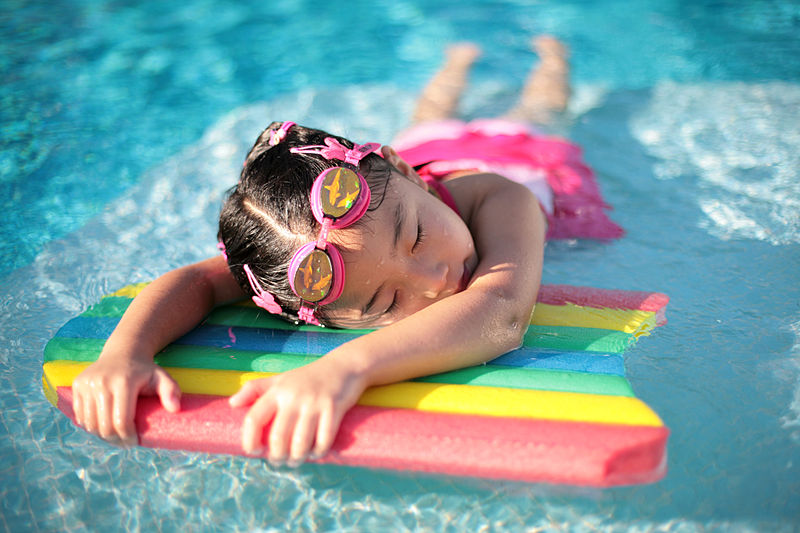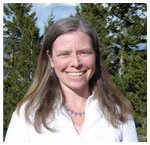This blog post was written by guest blogger, Katie Asmus, MA, LPC, BMP
For all you therapists, healers, helper types out there… There is no magic formula for self-care. There is no “do-it-yourself-assemble-out-of-the-box-prototype” to follow.
 I, personally, find self-care akin to riding on a surf board atop a wave. I am ever finding the subtle and gross shifts that will not only keep me afloat, but ideally keep me in the flow. And I fall off that subtle balanced point quite often, sometimes getting a bit more pummeled by the waves than others. The more I learn to read the currents — my own, as well as those on the outside — the sooner I can make subtle corrections and ultimately find my balance more of the time.
I, personally, find self-care akin to riding on a surf board atop a wave. I am ever finding the subtle and gross shifts that will not only keep me afloat, but ideally keep me in the flow. And I fall off that subtle balanced point quite often, sometimes getting a bit more pummeled by the waves than others. The more I learn to read the currents — my own, as well as those on the outside — the sooner I can make subtle corrections and ultimately find my balance more of the time.
The thing is, I can’t really tell you how to ride the wave — how to ride your waves — because you are shorter, taller, heavier, lighter… only you can listen and learn about your flow, your speed, your balance.
As a therapist — as a helper of others — in looking at the never ending practice of self-care, it is important to acknowledge that each person has their unique self-care formula. For some people being alone is necessary for rejuvenation, while for others a big party with loud music is grounding or nourishing. Some people need more sleep, or a specific diet, or more breaks in the day, etc. The dangers are comparing ourselves to others, not valuing ourselves and our needs enough, or the notion of self-care not even being on our radar.
Self-care and self-nourishment are the energetic nutrients for our souls. In order to keep on giving, we need to keep on replenishing our internal sources of energy and vitality.
In our weekend training — “Self-Care for Therapists” — Barb and I help you to look at the optimum environments, paces, and practices to support your vitality and sustainability as a therapist.
My challenge to you today is to do one thing out of the ordinary in your routine that brings you rest, pleasure, joy or nourishment.
May you find yourself riding atop your waves today and for years to come!
Learn more about “Self-Care for Therapists”About Katie Asmus, MA, LPC, BMP
 Katie Asmus, MA, LPC, BMP, is a Body-Centered Psychotherapist and Educator. With 17 years experience working in the wilderness, and 12 years as a clinician working with a variety of populations, Katie has spent a great deal of her career bridging the two in the field of Wilderness Therapy. After realizing the prevalence of trauma in our society, Katie focused her graduate studies and thesis work on body-centered modalities for working with trauma in the wilderness, bringing this work to the fields of Adventure Education and Wilderness Therapy. She has presented nationally for 7 years on this topic, and has published a journal article entitled, “Emotional Risk Management: Identifying and Working with Emotional Trauma in the Wilderness Setting through Body Centered Interventions”. Katie was also part of the creation and facilitation of the first Clinical First Responder Course offered at Naropa University in 2004.
Katie Asmus, MA, LPC, BMP, is a Body-Centered Psychotherapist and Educator. With 17 years experience working in the wilderness, and 12 years as a clinician working with a variety of populations, Katie has spent a great deal of her career bridging the two in the field of Wilderness Therapy. After realizing the prevalence of trauma in our society, Katie focused her graduate studies and thesis work on body-centered modalities for working with trauma in the wilderness, bringing this work to the fields of Adventure Education and Wilderness Therapy. She has presented nationally for 7 years on this topic, and has published a journal article entitled, “Emotional Risk Management: Identifying and Working with Emotional Trauma in the Wilderness Setting through Body Centered Interventions”. Katie was also part of the creation and facilitation of the first Clinical First Responder Course offered at Naropa University in 2004.
Website: http://namastehealers.com/
Image Source: “Girl with styrofoam swimming board” by Tommy Wong via Wikimedia Commons (2006 – CreativeCommons)





